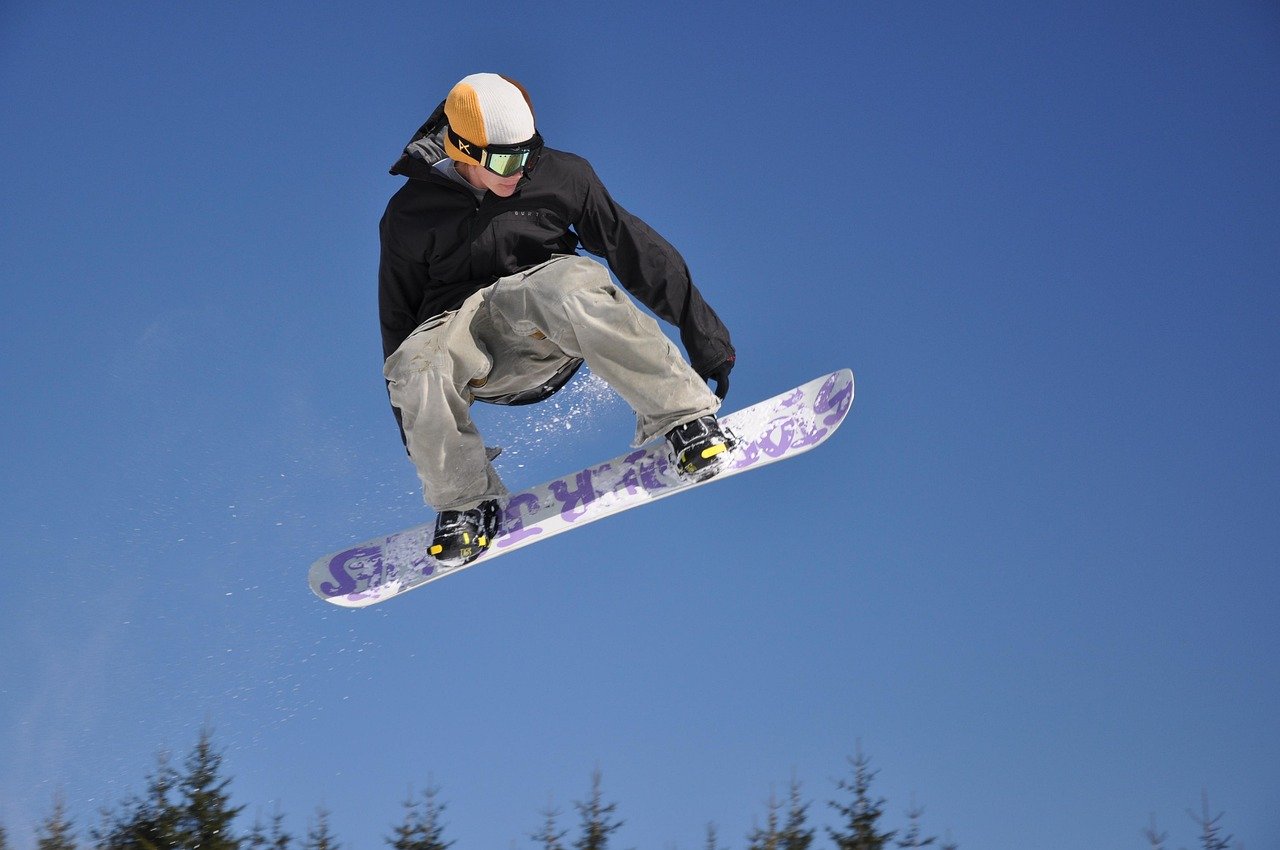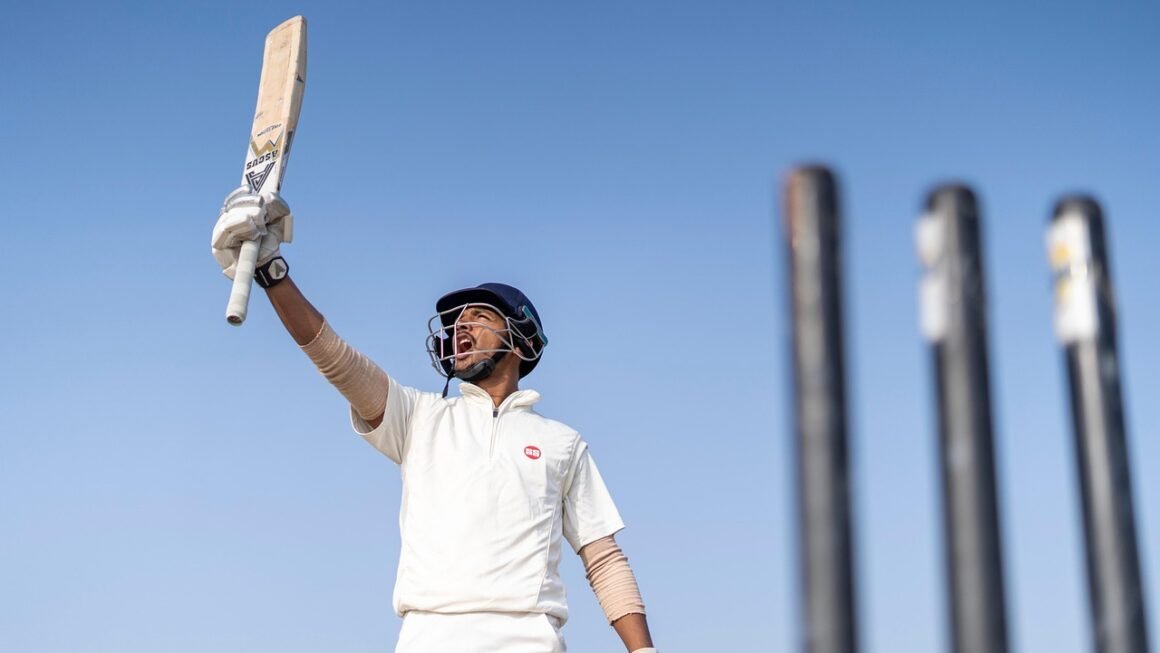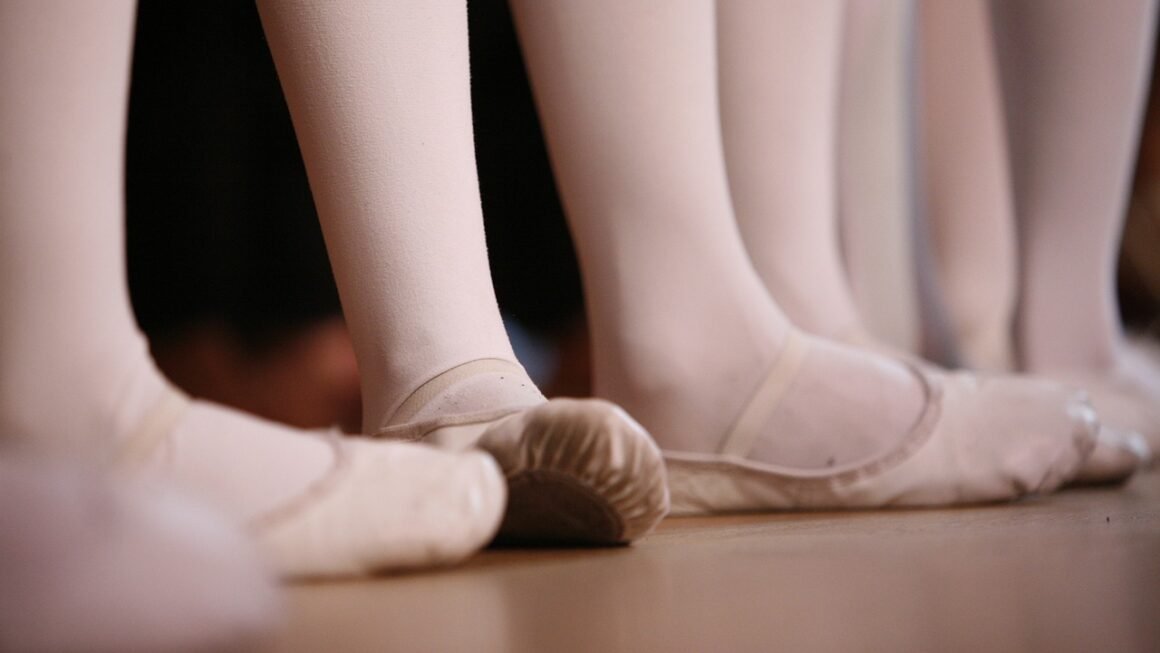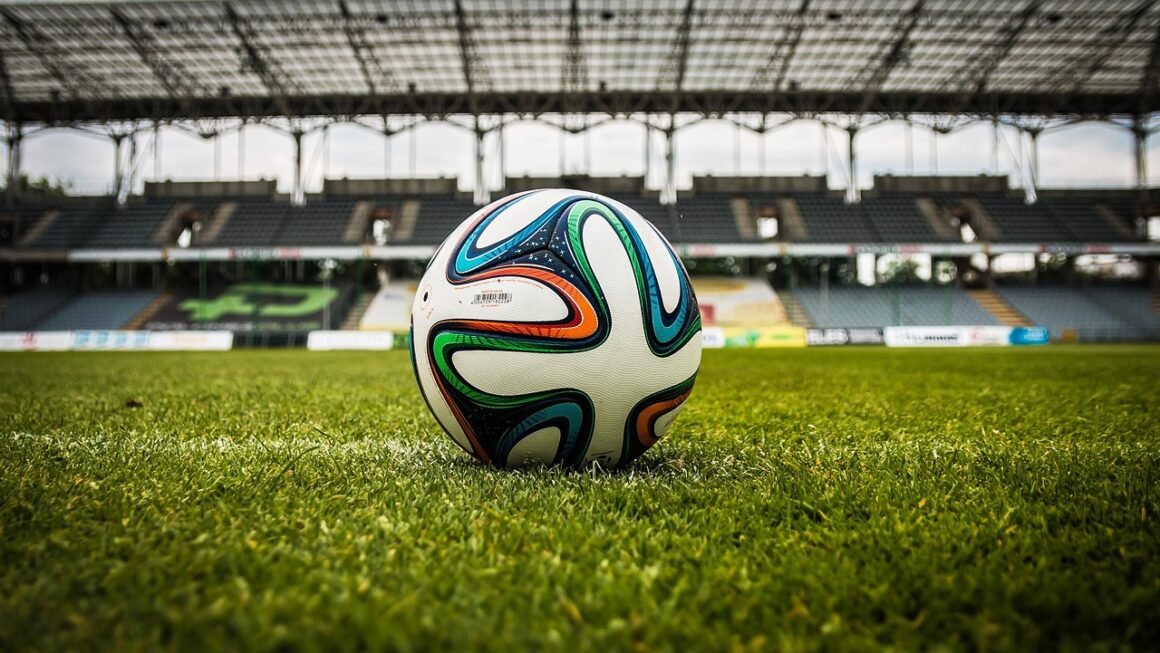Skateboarding isn’t just a sport; it’s a culture, an art form, and a way of life. From cruising down sunny streets to perfecting complex tricks in skateparks, skateboarding offers a unique blend of physical activity, creative expression, and social connection. Whether you’re a seasoned pro or just thinking about picking up a board for the first time, this guide provides a comprehensive look at the world of skateboarding.
The Allure of Skateboarding
Freedom and Expression
One of the most appealing aspects of skateboarding is the sense of freedom it provides. There are no coaches, no set plays, and no rigid rules. You’re free to explore, experiment, and push your boundaries at your own pace. This freedom translates into creative expression, allowing skaters to develop their own unique style and approach. It’s not uncommon to see skaters using their surroundings as their canvas, adapting tricks to the architecture around them, making every session unique.
- Personal Style: Develop your own tricks, flow, and aesthetic.
- Creative Problem Solving: Find innovative ways to approach obstacles and street features.
- Unstructured Fun: No pressure, just pure enjoyment of the ride.
Physical and Mental Benefits
Skateboarding is a full-body workout that improves balance, coordination, and cardiovascular health. It also challenges your mind, requiring focus, determination, and quick thinking.
- Improved Balance and Coordination: Constant adjustments and movements strengthen core muscles and enhance spatial awareness.
- Cardiovascular Exercise: Skating gets your heart pumping and burns calories. A 2020 study published in the Journal of Physical Activity and Health found that skateboarding can burn between 150 and 500 calories per hour, depending on intensity.
- Mental Resilience: Learning new tricks requires patience, perseverance, and the ability to overcome frustration.
- Stress Relief: The act of skating can be a meditative experience, helping to clear your mind and reduce stress.
Choosing Your First Skateboard
Types of Skateboards
Selecting the right skateboard is crucial for a positive experience. Here are some common types:
- Standard Skateboards: The most common type, ideal for tricks, skateparks, and street skating. Typically 7.5 to 8.5 inches wide.
Example: A complete skateboard from a reputable brand like Santa Cruz or Element is a good starting point.
- Longboards: Longer and wider than standard skateboards, designed for cruising and downhill riding.
Example: A Loaded Dervish Sama longboard is popular for its smooth ride and carving capabilities.
- Cruiser Boards: Smaller and more portable than longboards, perfect for getting around town. Often feature softer wheels for a smoother ride.
Example: A Penny board is a classic cruiser, known for its vibrant colors and compact size.
- Old School Boards: Wider decks with unique shapes, designed for cruising and pool riding.
Example: A Powell Peralta Caballero board is a popular choice for skaters looking for a retro feel.
Key Components
Understanding the different components of a skateboard will help you make an informed purchase:
- Deck: The wooden platform you stand on, typically made of maple wood. Consider the width and concave (curvature) based on your shoe size and riding style.
Tip: A wider deck (8.25″ or wider) offers more stability, while a narrower deck (7.75″ or smaller) is easier to flip and maneuver.
- Trucks: The metal axles that attach the wheels to the deck, influencing turning and stability.
Tip: Independent and Thunder trucks are popular choices known for their durability and responsiveness.
- Wheels: Vary in size and hardness (durometer). Harder wheels are better for smooth surfaces and tricks, while softer wheels are better for rough terrain.
Tip: For street skating and skateparks, wheels with a durometer of 99A or higher are recommended. For cruising, opt for softer wheels (78A-85A).
- Bearings: Small metal cylinders that allow the wheels to spin smoothly. ABEC ratings indicate precision, with higher ratings generally (but not always) indicating better performance.
Tip: Bones Reds bearings are a popular and reliable choice for most skaters.
Essential Skateboarding Gear
Protective Equipment
Safety should always be a top priority. Investing in proper protective gear is essential to prevent injuries.
- Helmet: Protects your head from serious injuries. Look for a helmet that meets safety standards like CPSC or ASTM.
Example: A Triple Eight Brainsaver helmet is a popular and affordable option.
- Knee Pads: Protect your knees from scrapes and bruises.
Example: Pro-Tec Street Knee Pads are a durable and reliable choice.
- Elbow Pads: Protect your elbows from scrapes and bruises.
Example: Pro-Tec Street Elbow Pads offer similar protection to the knee pads.
- Wrist Guards: Help prevent wrist fractures and sprains.
Example: Triple Eight Hired Hands Wrist Guards provide excellent support and protection.
- Skate Shoes: Designed with durable materials and flat soles for optimal grip and board feel.
Example: Vans Old Skool Pro or Adidas Busenitz Vulc II are popular choices among skaters.
Maintenance Tools
Keeping your skateboard in good condition is crucial for performance and safety.
- Skate Tool: A multi-tool designed for adjusting trucks, tightening wheels, and replacing hardware.
Example: A Y-tool or a T-tool will make adjustments much easier.
- Bearing Press/Remover: Helps to install and remove bearings from wheels.
- Cleaning Supplies: Keep your bearings clean and lubricated for optimal performance.
Tip: Use a bearing cleaner and lubricant specifically designed for skateboard bearings.
- Spare Parts: Keep extra hardware, bushings, and wheels on hand for repairs.
Learning the Basics
Stance and Pushing
The foundation of skateboarding starts with the right stance and the ability to push efficiently.
- Regular vs. Goofy: Determine your stance by having someone gently push you forward and noting which foot you naturally put forward to catch yourself. Regular stance is left foot forward, while goofy stance is right foot forward.
Tip: Experiment with both stances to see which feels more comfortable.
- Pushing Technique: Place your front foot at a slight angle on the board, just behind the front trucks. Use your back foot to push off the ground, keeping your weight balanced over the board.
Tip: Practice pushing with smooth, controlled movements, focusing on maintaining balance and momentum.
- Turning: Lean your body in the direction you want to turn, shifting your weight onto the edges of the board.
Basic Tricks
Once you’re comfortable pushing and turning, you can start learning basic tricks:
- Ollie: The foundation for many other tricks. Practice popping the tail, sliding your front foot up the board, and leveling out the deck.
Practice Tip: Focus on getting the timing of the pop and slide right. Start by practicing the individual movements before combining them.
- Shuvit: Involves scooping the tail of the board so it rotates 180 degrees.
Practice Tip: Keep your shoulders parallel to the board and try to land with your feet over the bolts.
- Kickflip: A more advanced trick where the board rotates 360 degrees along its length.
Practice Tip: Flick your front foot off the edge of the board as you ollie to initiate the flip.
Finding Resources
Many resources are available to help you learn skateboarding:
- Online Tutorials: YouTube is a treasure trove of skateboarding tutorials. Channels like Braille Skateboarding and VLSkate offer comprehensive lessons for all skill levels.
- Skateboarding Lessons: Consider taking lessons from a qualified instructor. Many skateparks and community centers offer skateboarding programs.
- Local Skateparks: Visit your local skatepark and observe other skaters. Don’t be afraid to ask for tips or advice.
- Skateboarding Communities: Join online forums and social media groups to connect with other skaters, share tips, and find motivation.
Conclusion
Skateboarding offers a unique combination of physical activity, creative expression, and social connection. Whether you’re just starting out or looking to improve your skills, remember to prioritize safety, practice consistently, and most importantly, have fun. The world of skateboarding is vast and rewarding, offering endless opportunities for personal growth and self-discovery. So grab your board, find your spot, and start rolling.



